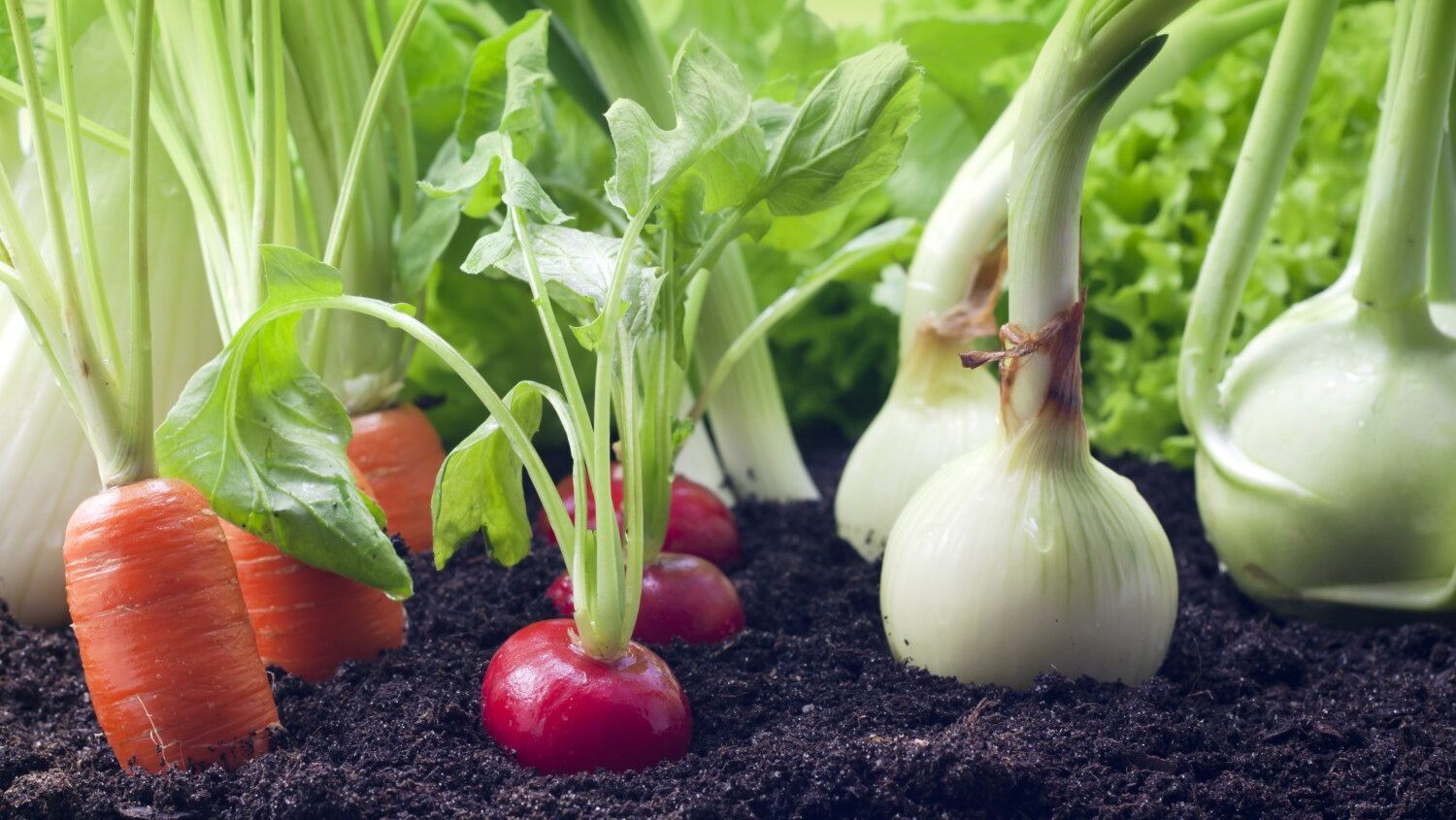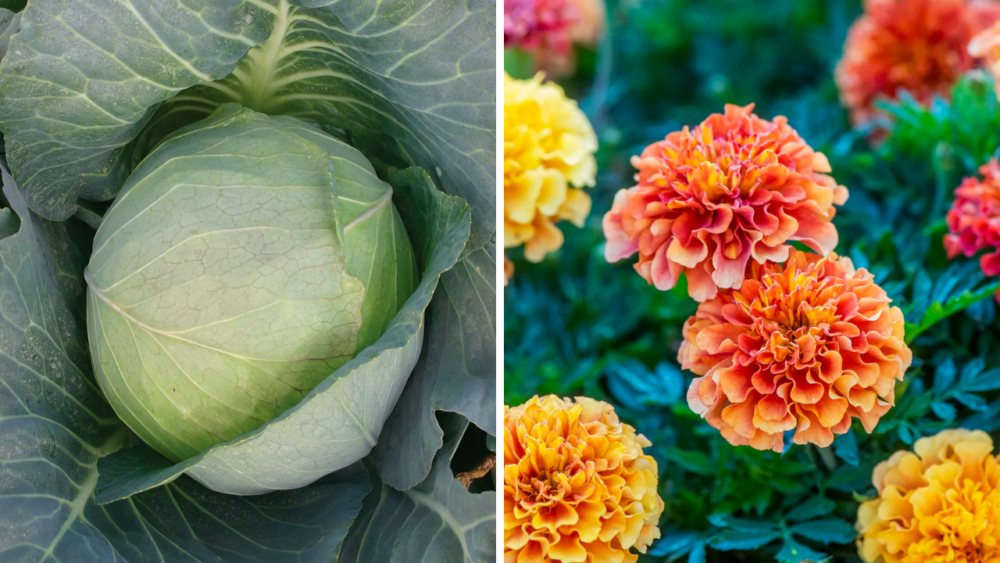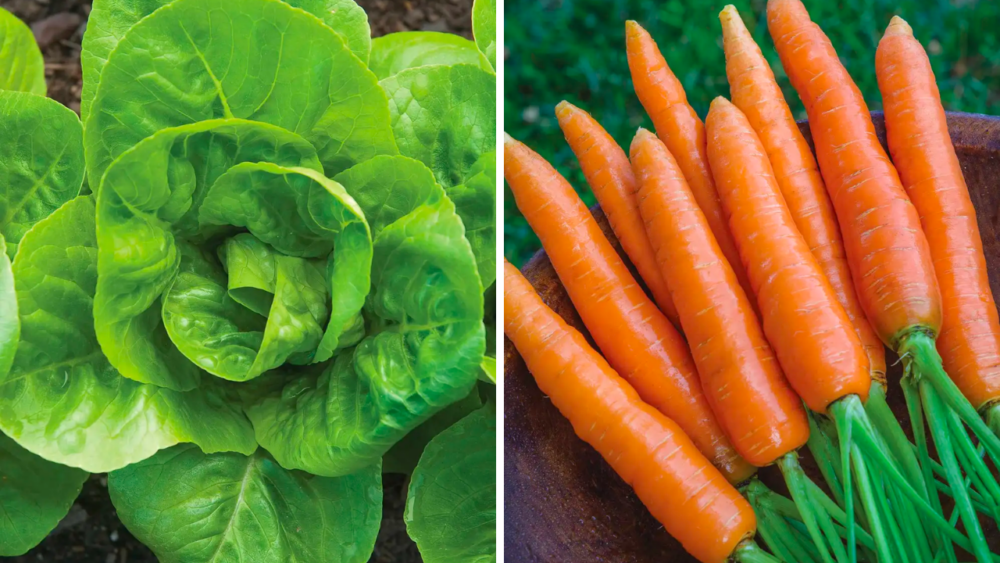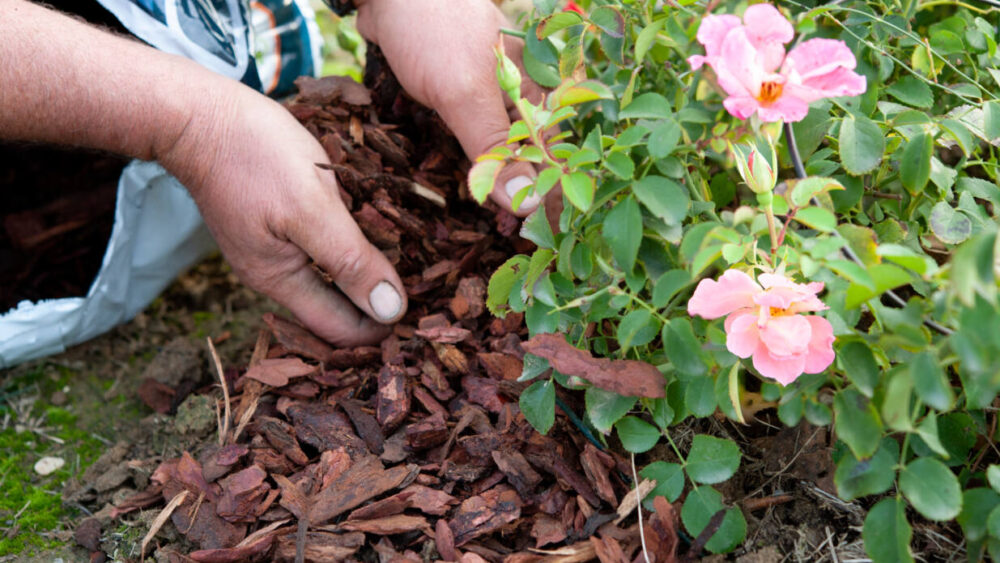Grow these plants side-by-side for a thriving vegetable garden

The products and services mentioned below were selected independent of sales and advertising. However, Simplemost may receive a small commission from the purchase of any products or services through an affiliate link to the retailer's website.
Just like your BFF in middle school who knew how to scare away the “mean girls,” some plants have their “friends’” backs (er, sides). Strategically growing certain plants side-by-side is called companion planting, and it’s a way to help all your veggies “graduate” to harvest.
Below are some dynamic duos (and a trio!) to plant next to one another in your garden. With proper care, both plants in each pair should be thriving in no time.
Cabbage and Marigolds
$5 Cabbage Seeds at Burpee $25 Marigold Seeds at Burpee
Take those cabbages that you’re ready to put into the ground, and plant them next to some lovely marigolds. Why? Cabbageworms, cabbage moths and other pests will want to start chomping on the cabbage. Not to worry, though — marigolds help to repel those crawling menaces.
MORE: Enter your ZIP code and this free tool tells you when to plant each veggie
Cucumbers and Radishes
Love you some cukes? Plant radishes nearby to make those cucumber beetles skedaddle. (Tansy and nasturtium will also work!) Once you have a cucumber crop, you can use the fruits of your labor to mix up a batch of this cucumber melon sangria.
MORE: You can now buy a glow-in-the-dark houseplant
Cucumbers and Sunflowers
$6 Cucumber Seeds at Burpee $6 Sunflower Seeds at Burpee
Here’s something else you can do for your cucumber pals: Keep them cool by planting sunflowers nearby to provide shade and let them vine up the stalk. We knew sunflowers were pretty, but it turns out they are practical as well — in addition to being the scaffolding for your cucumber plants, sunflowers are popular with the pollinators that play a key role in producing the food we eat.
MORE: A beginner’s guide to edible landscaping
Lettuce and Carrots
$6 Lettuce Seeds at Burpee $6 Carrot at Burpee
Companion planting isn’t just about scaring away insects — it also works to beef up your vegetable harvest. Plant lettuce between rows of carrots and onions, as it will help to suppress weeds by creating shade. When the carrots and onions start to need more space, simply pull out the lettuce and make yourself a salad.
MORE: 5 storage tricks for keeping your carrots crunchy
Onions and Carrots
Onions can guard your carrots by taking care of nasty interlopers like the carrot fly. Other plants from the allium family, such as chives and leeks, can also help.
Corn, Squash and Beans
The best-known complementary plants are the “three sisters:” corn, squash and beans, which were all grown by Native Americans for centuries. Beans grow up the cornstalks, but they also add nitrogen to the soil to nurture the corn and squash. The large squash leaves suppress weeds that would compete for nutrients. Like a family, these three care for each other and work together in perfect harmony.
Herbs and Just About Anything!
$25 Basil Plant 3-Pack at Burpee $25 Peppermint Plant 3-Pack at Burpee
One good thing to know is that herbs are generally your friends in the garden — and in the home.
- Basil repels flies
- Peppermint scares away mice, mosquitoes and ants
- Rosemary helps shoo away bean beetles, cabbage moths and carrot flies
- Lavender repels fleas, moths, flies and mosquitoes while attracting bees to help with pollination
A Note On Spacing
Wondering how to space out all these perfect pairs? The garden experts at Burpee say you should take the average spacing between the two varieties — for example, if your cabbage plants should be spaced 12 inches apart from one another and your marigolds should be spaced 8 inches from one another, space your cabbage plant and your marigold plant 10 inches apart from one another.
If abundance is what you seek in your garden, grow plants that get along. They will return the favor with a bounty of healthy vegetables, herbs and flowers!
MORE: 5 gardening mistakes that could spell doom for your plants










